Issue 006: Do Prices Ending in 7 Works Better Than 9?
We also talk about how to use science to take the perfect product photo, why giving discounts to new clients destroys business and segmenting welcome emails.

October 23, 2024 | #006 | Free Version
✔️ Do prices ending in 7 works better than 9?
✔️ Why you should segment your welcome emails
✔️ How science can help you take the perfect product photo
✔️ Why giving discounts to new clients destroys business
Not subscribed? Learn more and sign up.
Do Prices Ending in 7 Works Better Than 9?
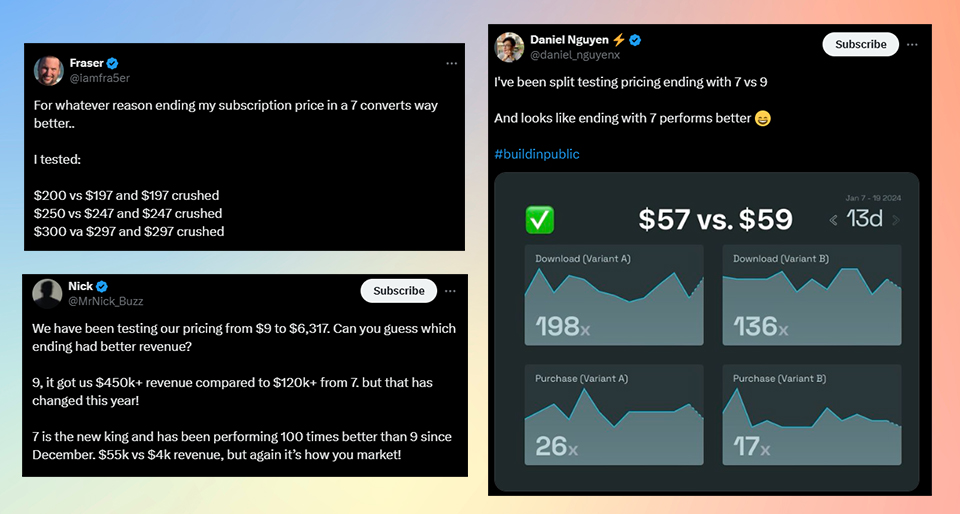
Why You Should Segment Your Welcome Emails
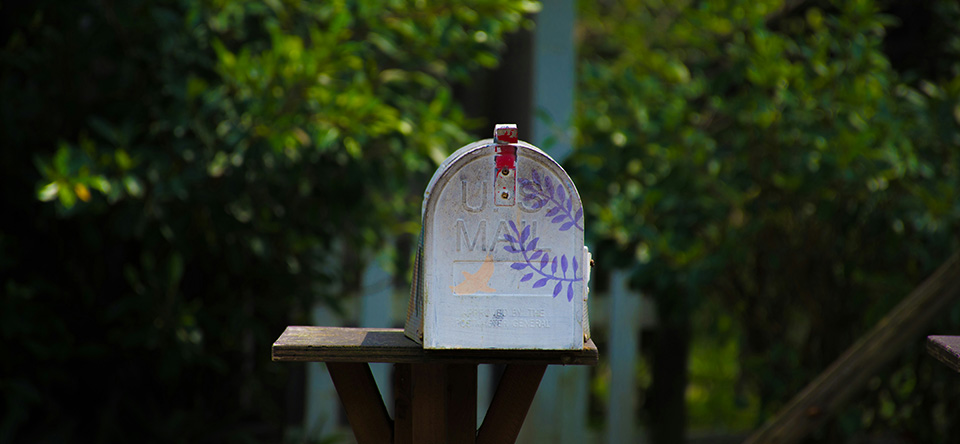
- Some sign up for your newsletter
- Others opt-in after reading your content
- Customers subscribe during checkout
- For newsletter sign-ups, include a sample of your newsletter in the welcome series. This gives new subscribers a preview while it’s still top-of-mind, making them more likely to notice and open future issues.
- For content-based sign-ups, customize the welcome series with more relevant blog posts. Be specific: if someone subscribed after reading a keto-related post, send them more keto content to keep their interest high.
- For customers opting in after a purchase, create a flow that provides tips on using your product. Encourage repeat purchases—53% of customers who buy twice go on to make a third purchase.
How Science Can Help You Take the Perfect Product Photo
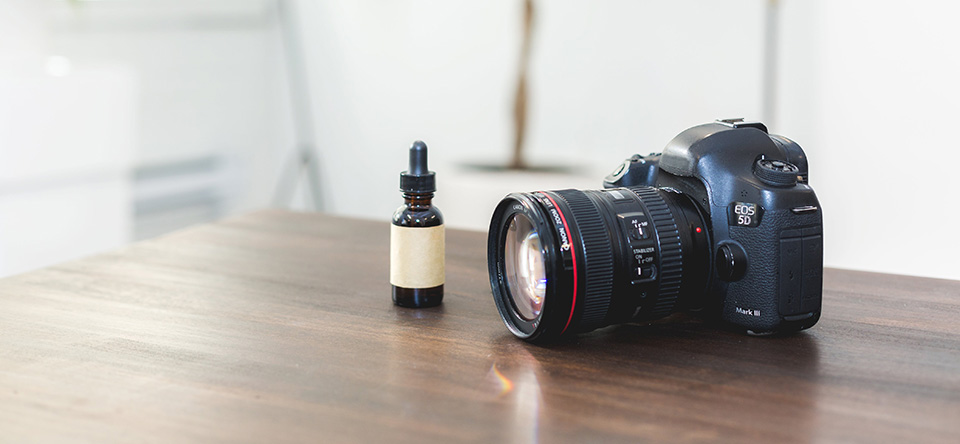
When it comes to creating product photos that drive sales, not all images are equal. Research on product images reveals some surprising findings about which types of photos are most effective.
- A photo of someone holding the product, showing only their hand (without their face).
- A selfie featuring a person’s face alongside the product.
- An image of the product alone, with no person included.
Book of the Week: Mastering Services Pricing by Kevin Doolan
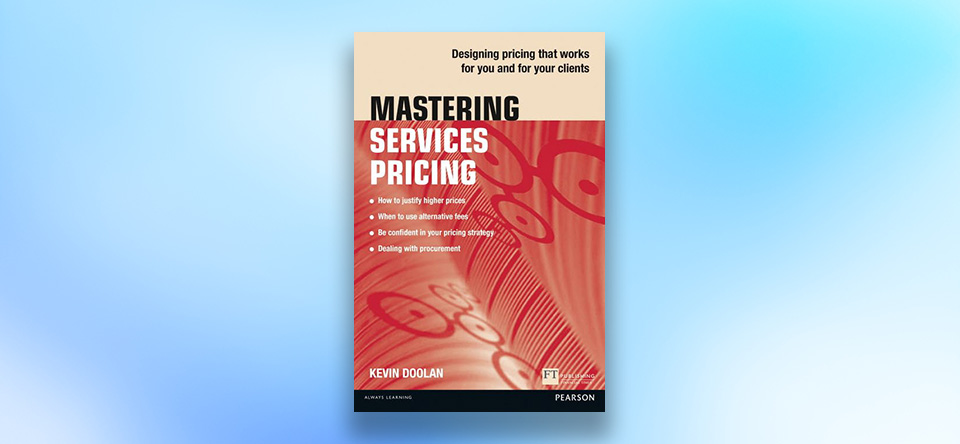
This week, I want to highlight Mastering Services Pricing by Kevin Doolan.
Interesting Articles We've Read This Week
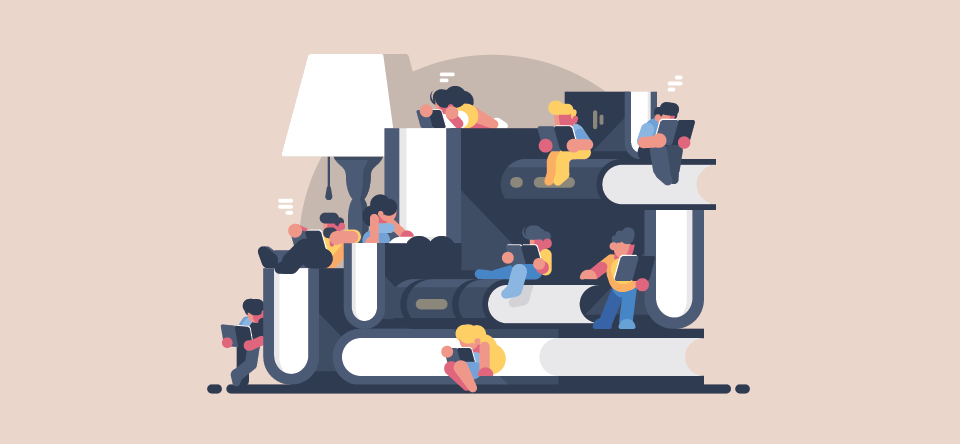
☕ The Starbucks effect: Use names, not order numbers
🏷️ Perfidious pricing: How companies use drip pricing to overcharge consumers
🍕 How slice turns local pizzerias into a powerful network
🏷️ The DNA of a great pricing page
😴 Strategies to build better sleep habits for leaders
Thanks for reading, until next week!
You are receiving this email because you subscribed to Startup Newsletter. You can Unsubscribe from here.